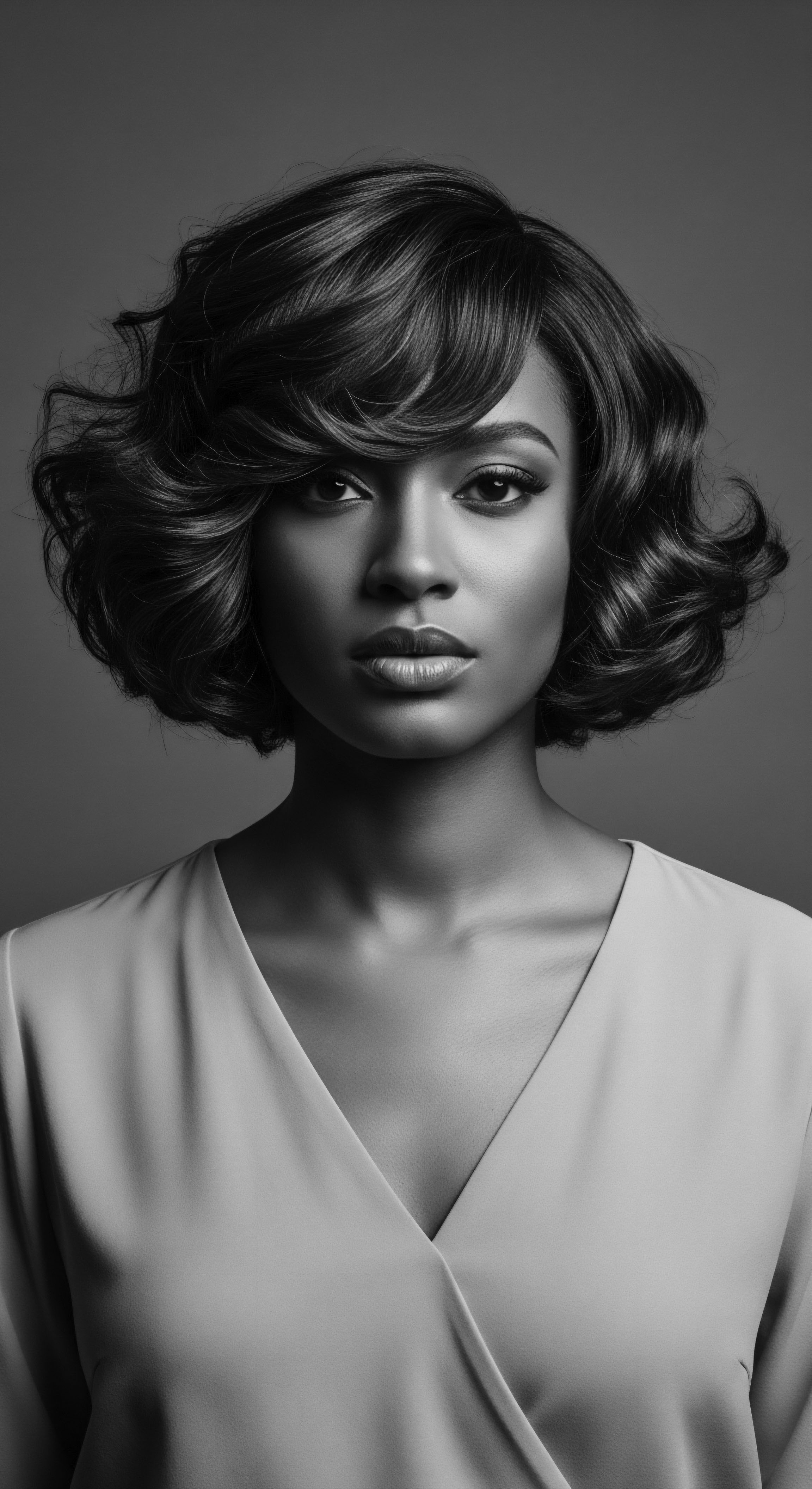
What historical biases against Black hair does the CROWN Act address?
The CROWN Act addresses historical biases rooted in Eurocentric beauty standards that deemed Black hair unprofessional and denied opportunities.

How does the preservation of traditional hair practices contribute to Black cultural resilience?
The preservation of traditional hair practices strengthens Black cultural resilience by connecting generations to their ancestral heritage, defying erasure, and affirming identity.
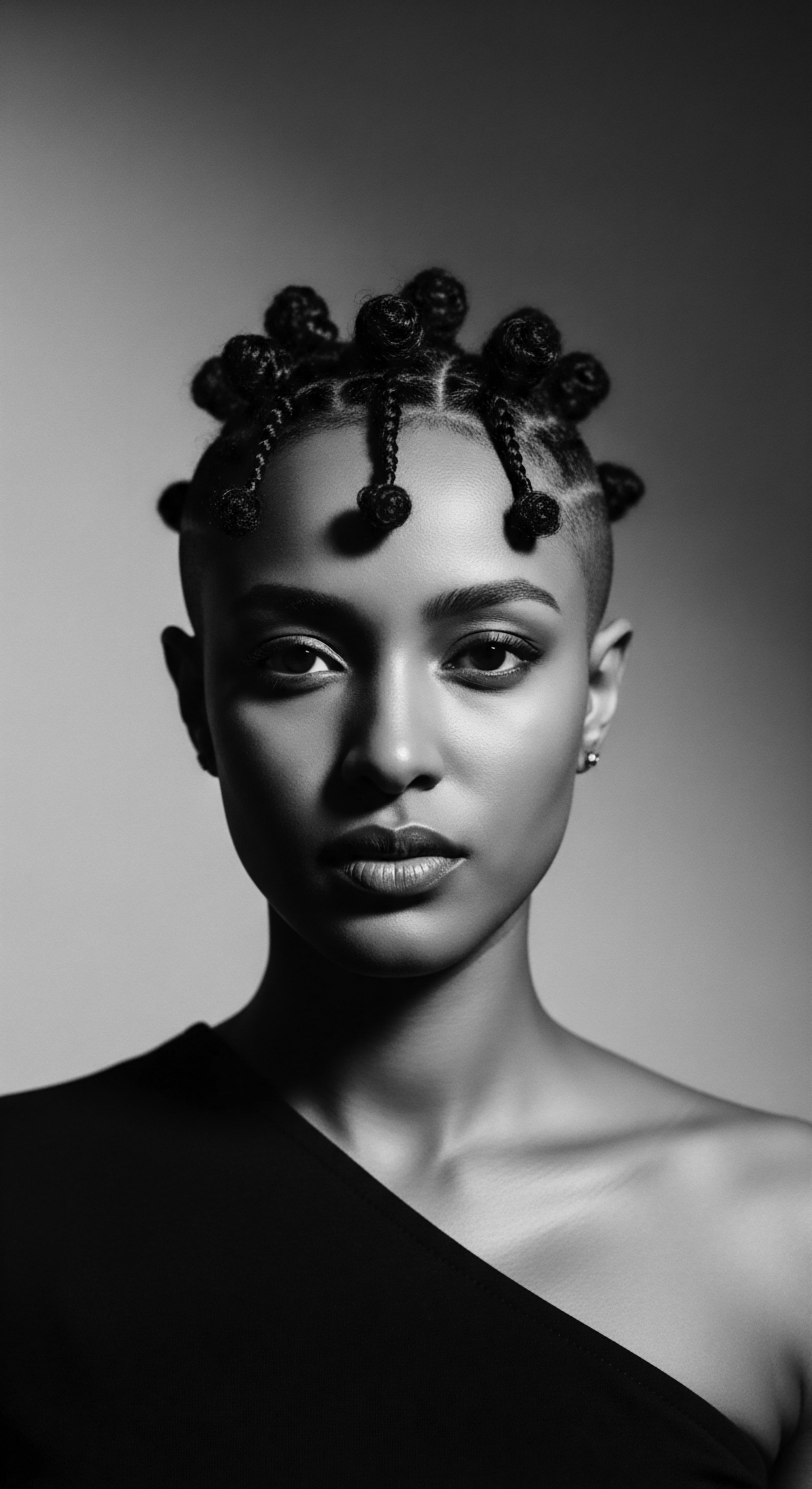
How did textured hair become resistance?
Textured hair became resistance by embodying deep cultural heritage and self-affirmation against centuries of colonial suppression and Eurocentric beauty norms.
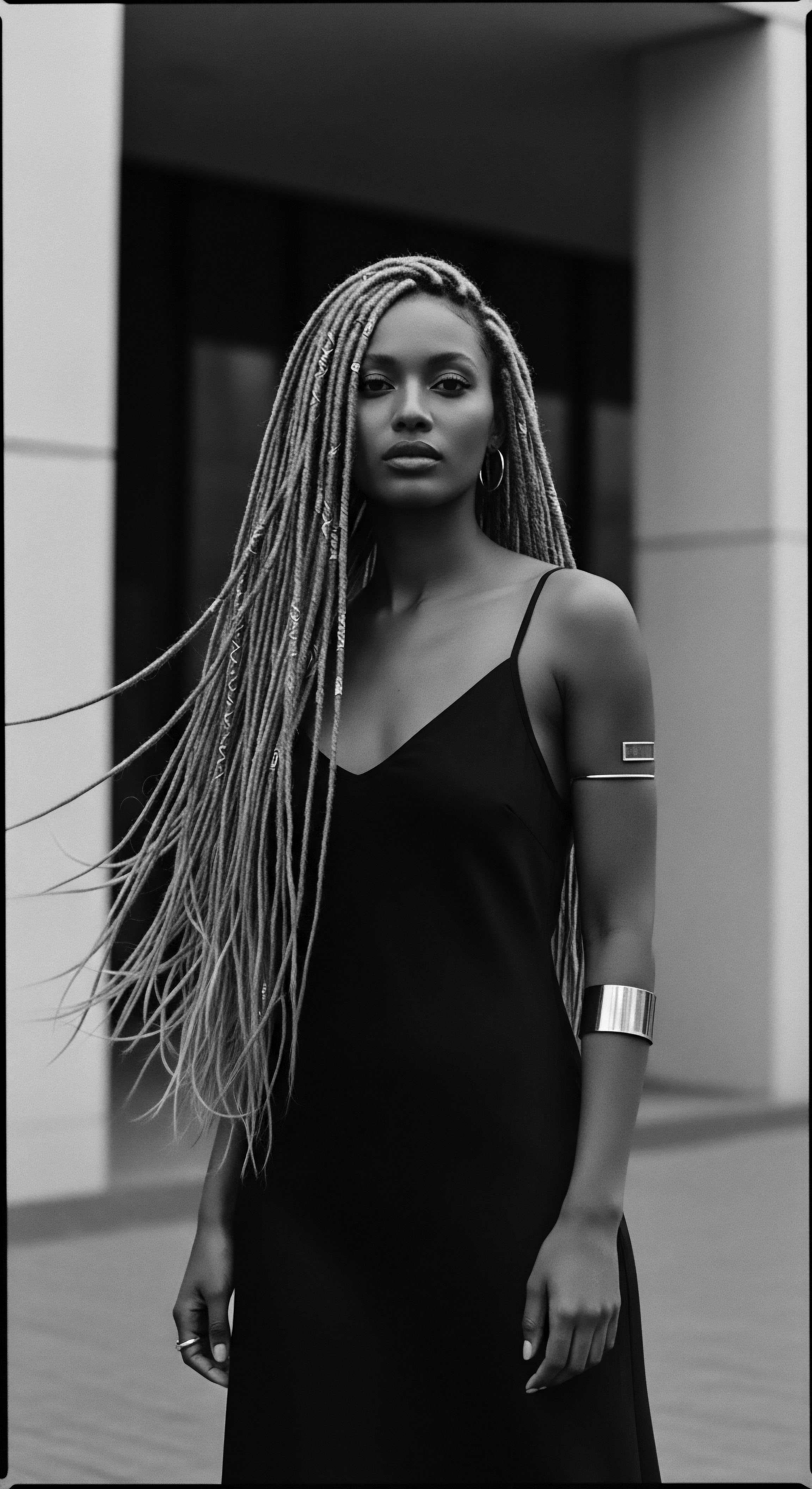
How did plant use in hair care evolve through the African diaspora?
Plant use in textured hair care evolved through the African diaspora as ancestral knowledge adapted to new environments, blending botanical wisdom with cultural resilience.
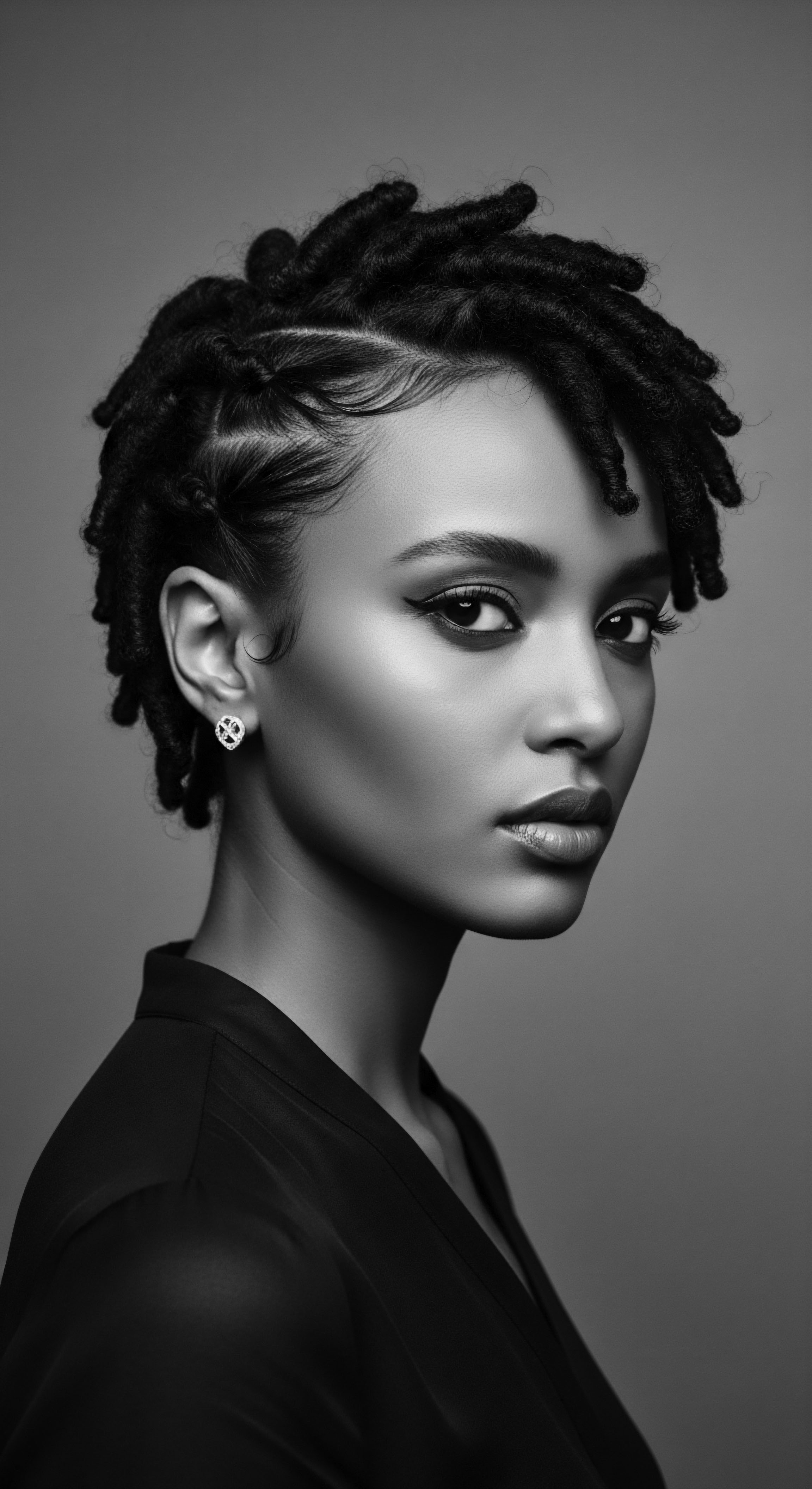
Can textured hair be a source of personal empowerment and ancestral connection?
Textured hair is a powerful source of personal affirmation and ancestral connection, embodying a rich heritage of resilience and cultural identity.

How does cultural heritage influence heat styling choices for textured hair?
Cultural heritage profoundly guides heat styling choices for textured hair, reflecting historical adaptations and deep community wisdom.
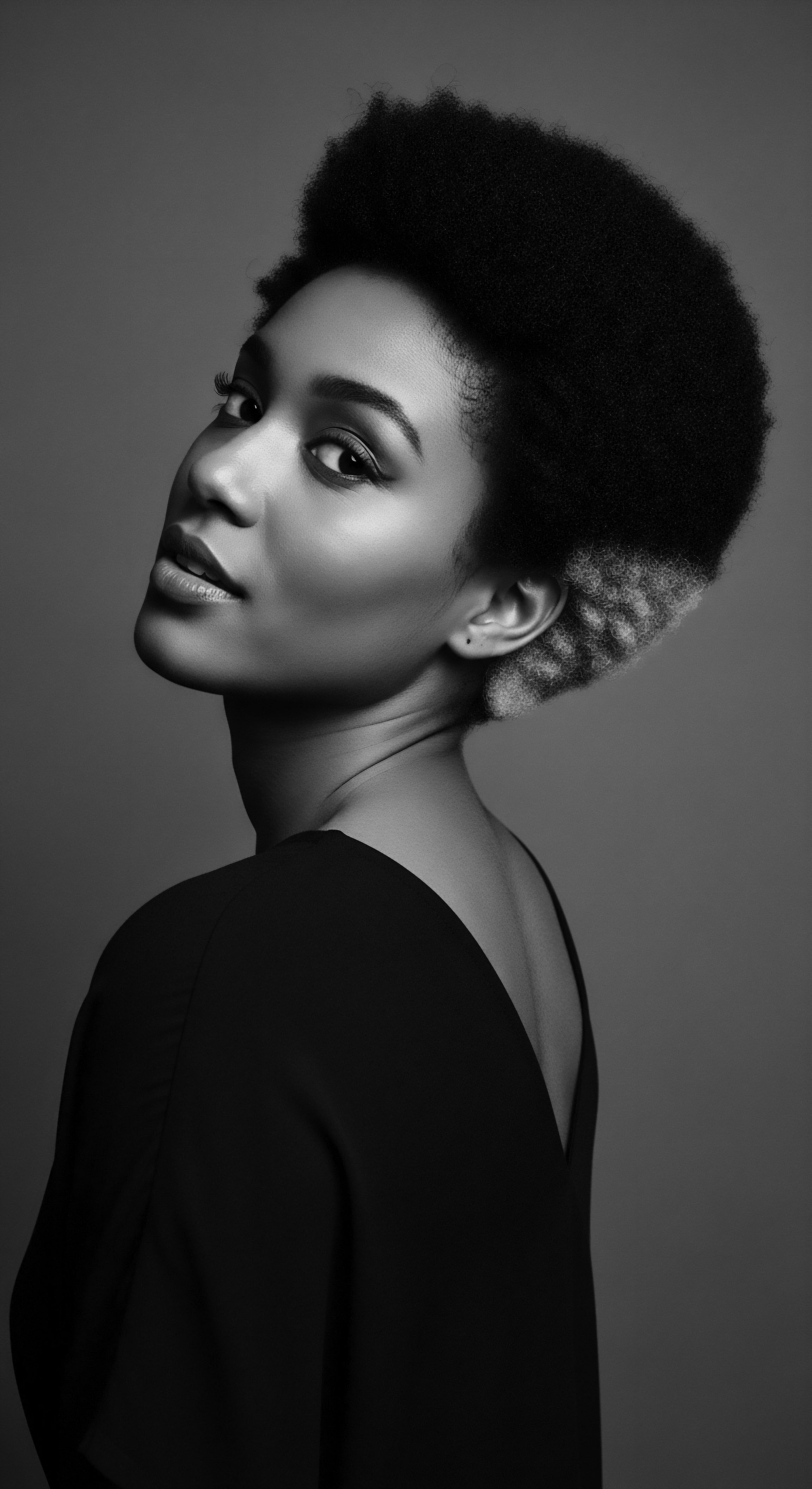
What ancestral practices for hair are validated by science?
Ancestral practices for textured hair, from oiling to protective styles, are validated by science as methods for moisture retention and reduced breakage, deeply linked to heritage.

What is the historical basis for hair discrimination laws?
Hair discrimination laws stem from centuries of systemic racism, designed to control and suppress textured hair as a visible aspect of Black heritage and identity.

How did ancient West African diets support textured hair?
Ancient West African diets, rich in diverse plant-based proteins, healthy fats, vitamins, and minerals, provided the essential building blocks for robust textured hair, deeply rooted in heritage.

How does CROWN Act honor hair heritage?
The CROWN Act legally protects the right to wear natural, textured hair, honoring ancestral heritage and combating race-based discrimination.

How does hair connect community?
Textured hair physically and culturally binds communities through shared ancestral care practices, collective identity, and resilience.

What traditional African oils were used for hair protection?
Traditional African oils like shea, marula, and baobab offered protection and nourishment for textured hair, rooted in ancestral wisdom.

What historical examples show hair as a symbol of resistance?
Textured hair has historically served as a potent symbol of resistance, embodying cultural identity and defiance against oppression within Black and mixed-race heritage.
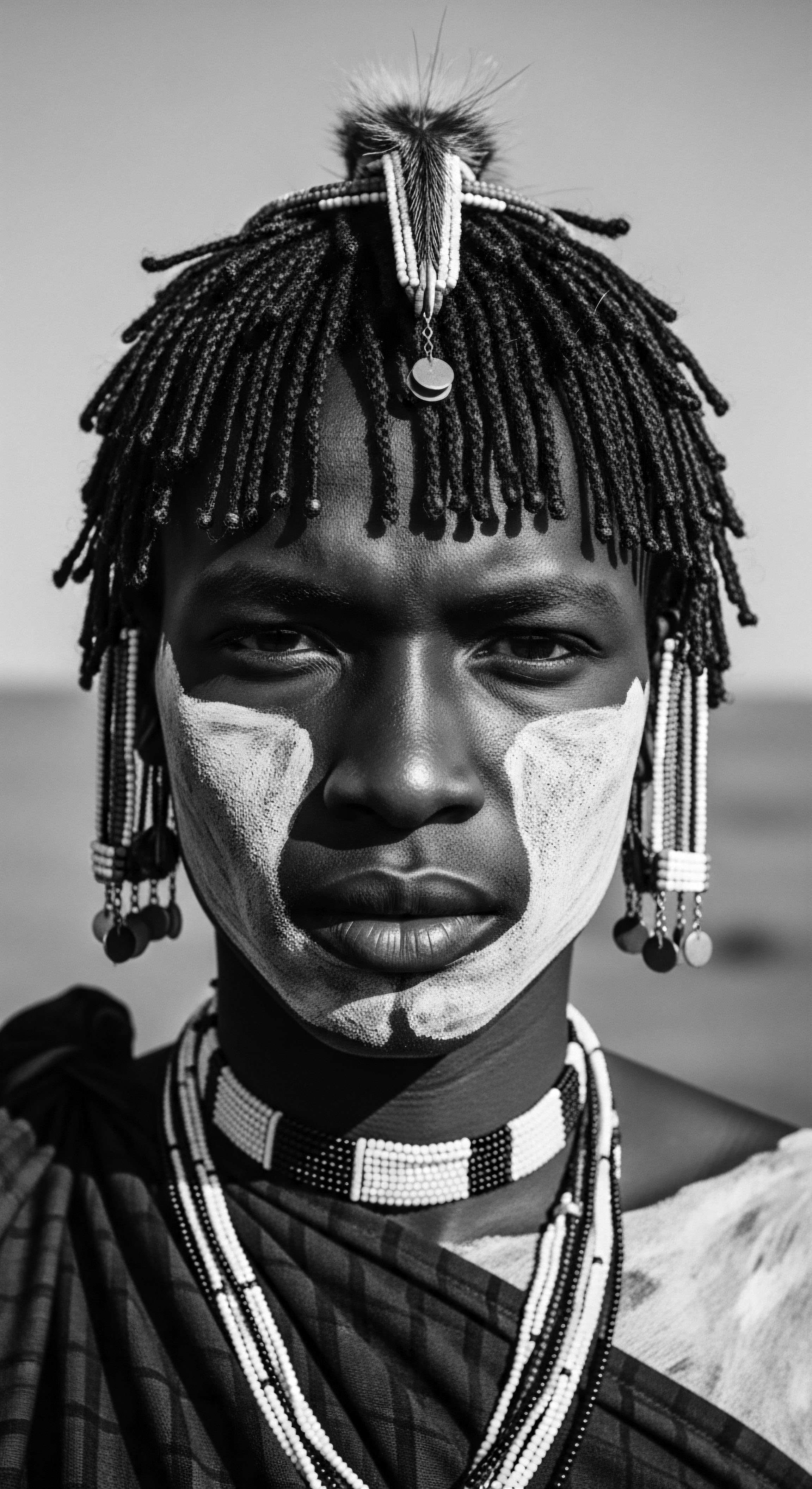
How do ancestral hair care practices influence modern beauty standards?
Ancestral hair practices profoundly shape modern beauty standards by preserving the heritage, rituals, and profound identity woven into textured hair care.

Which states have recognized hair heritage in anti-discrimination statutes?
Twenty-seven states have enacted the CROWN Act or similar legislation to prohibit hair discrimination, recognizing textured hair as a protected racial trait.
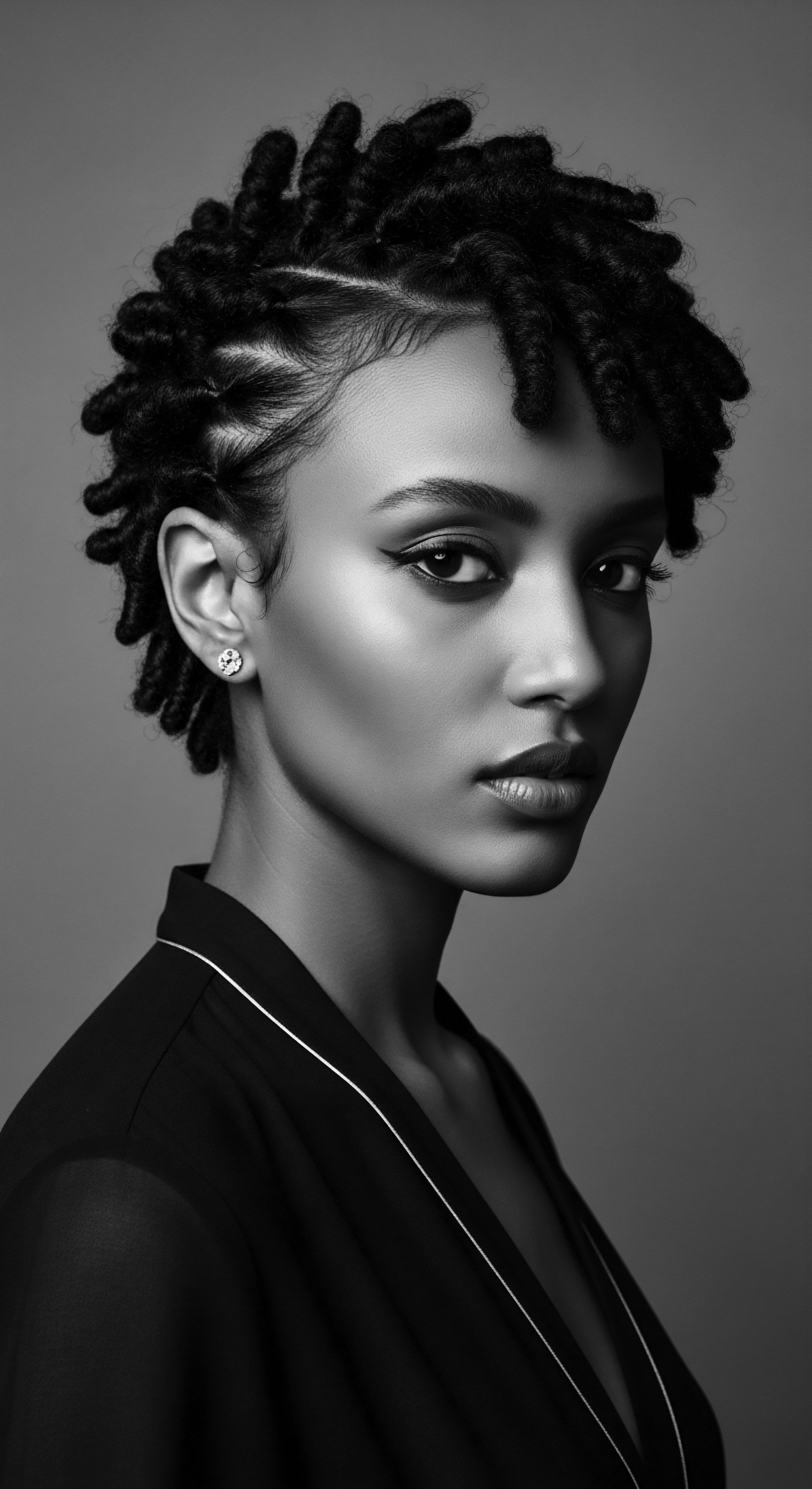
What traditional ingredients protect textured hair during the night?
Ancestral practices for nighttime textured hair protection center on oils, butters, and wraps to seal moisture and minimize friction.

How do historical styling practices inform modern textured hair care routines?
Historical styling practices inform modern textured hair care by transmitting ancestral wisdom concerning hair's inherent qualities, protection, and deep cultural meaning.
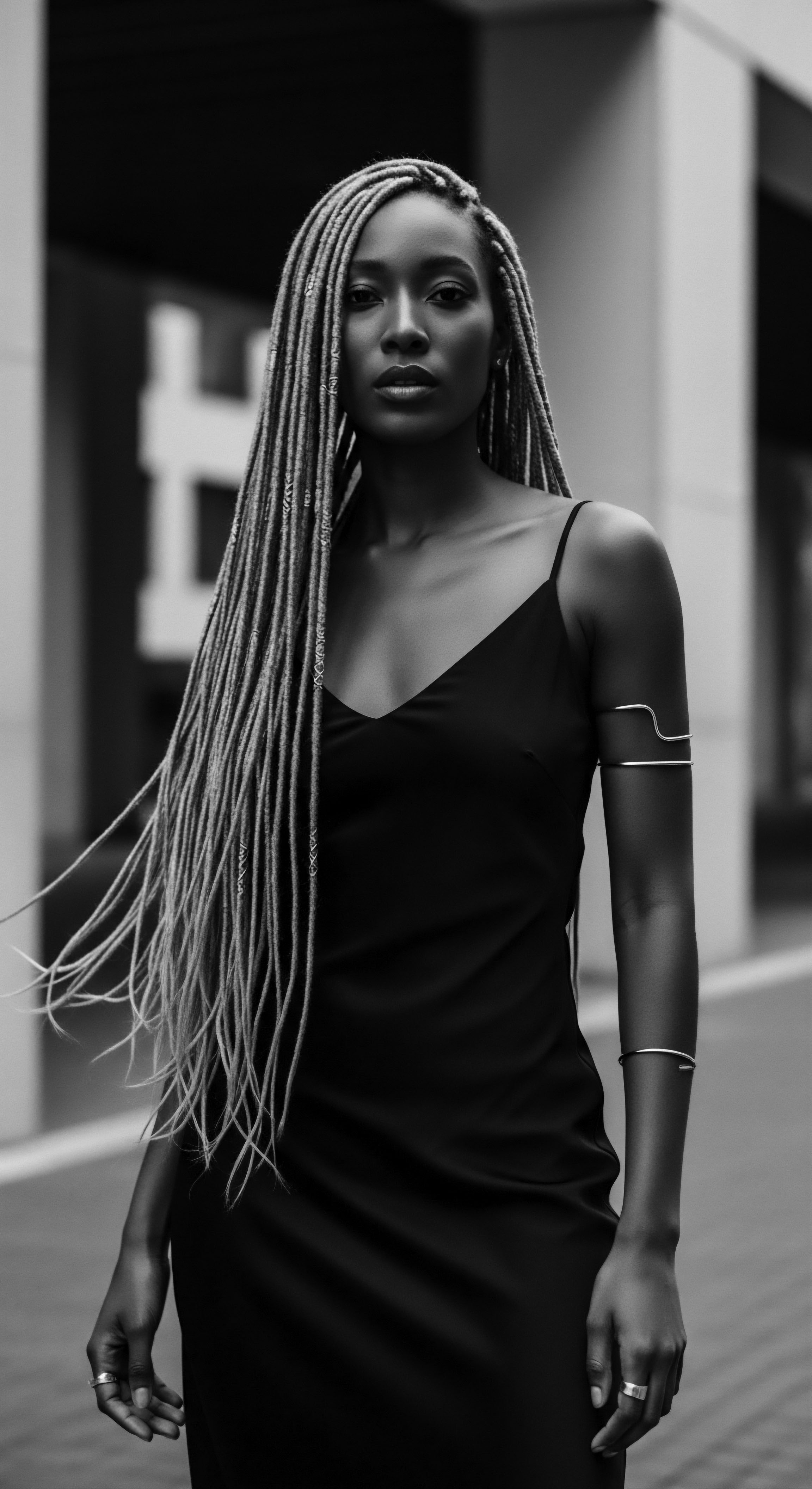
How did ancient textured hair combs connect to cultural identity?
Ancient textured hair combs connected to cultural identity by serving as tools for styling, markers of status, and spiritual symbols in textured hair heritage.

How did ancestral knowledge inform plant selection for textured hair in diverse environments?
Ancestral plant selection for textured hair sprang from deep environmental observation, shaping traditional care and cultural heritage.

Which historical ingredients offer sustained value for textured hair nourishment?
Historical ingredients like shea butter, coconut oil, and aloe vera offer lasting value through their deep connection to textured hair heritage and ancestral care rituals.

Why do traditional plant elements remain vital for textured hair?
Traditional plant elements remain vital for textured hair by offering natural, effective nourishment deeply connected to ancestral heritage and hair's unique structure.

Can ancient botanical knowledge truly revitalize textured hair today?
Ancient botanical wisdom offers potent, heritage-driven solutions for revitalizing textured hair through natural compounds and time-honored practices.

What plant-based ingredients were traditionally used for Afro-textured hair?
Traditional care for Afro-textured hair relied on indigenous plant ingredients, a deeply rooted heritage of nourishment and identity.

What ancestral wisdom about botanicals continues to guide textured hair wellness today?
Ancestral botanical wisdom guides textured hair wellness by providing time-honored remedies for moisture, strength, and cultural identity.

What is henna’s historical connection to cultural identity and textured hair?
Henna’s historical connection to cultural identity and textured hair lies in its ancestral use for protection, adornment, and communal bonding.

